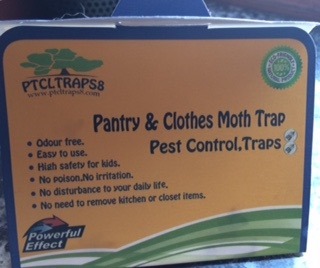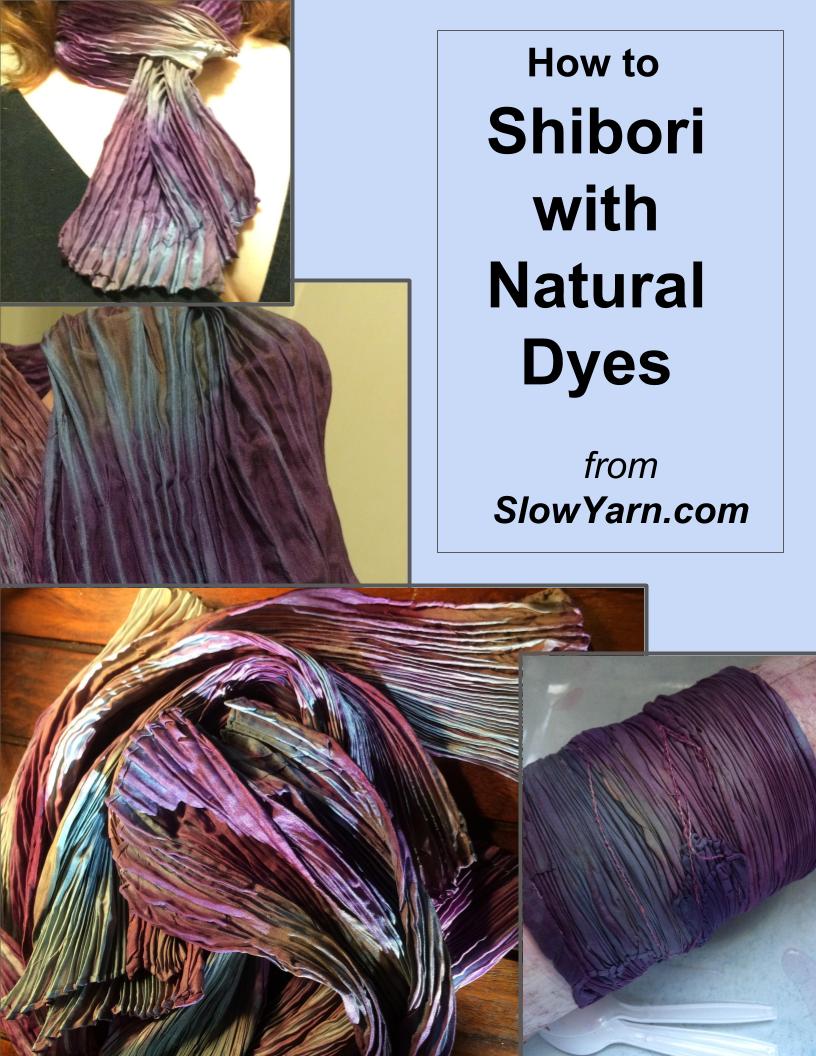
Every time someone says they have wool moths, it seems that everyone is full of advice. Some of it is great and helpful. Some advice is, sadly, based on myths more than on facts.
- Myth #1: Wool moths eat wool.
- Truth: It is the larvae which eat wool. The life cycle of the moths is short and entirely targeted toward breeding more wool moths. Also, the larvae will eat any protein fiber, such as cashmere, angora, mohair, camel, llama or alpaca, or the dog-hair dust bunnies under the stairs.
- Myth #2: Freezing wool will kill wool moths.
- Truth: Freezing will only kill currently hatched and active larvae or moths. Any eggs remaining in the wool will hatch as soon as your wool is thawed. (In silkworm production, moth eggs are regularly stored in freezers to retard hatching until a convenient time of year. There are even stories that, in some areas of the world, silk moth eggs are intentionally carried to a frozen area to increase the rate of gestation when the eggs are returned to warm climates.)
- Myth #3: Cedar chests will prevent moth infestations.
- Truth: The scent of cedar discourages moths from locating a source of food, but it does not kill them. The physical seal of a well-made chest can prevent or discourage entry of moths but doesn’t help if the moths or their eggs are already inside. It is quite possible to open up a cedar chest and find a terrible infestation inside.
- Myth #4: Lavender, cedar, mint, pennyroyal, tea tree, citronella, eucalyptus– sachets or sprays of any of these will kill moths, larvae or eggs.
- Truth: Herbs do not kill moths. They only mask the smell of the wool from moths, deterring them, which is good, but it doesn’t kill them. Strong herbal scents are effective in disguising the sulfur-smell from protein fibers such as wool or cashmere, which is the trigger for moths to know that there will be a food source for their larvae if they lay their eggs in that protein fiber.
- Myth #5: Mothballs are a great solution.
- Truth: Most people find the smell of camphor to be repulsive, and it stays in wool forever, no matter how much you wash it or air it out. Other, more modern chemicals, are deadlier to the larvae, but not to the eggs, and they are definitely not good for children or pets. Or you.
- Myth #6: Clean clothes won’t get moths.
- Truth: Cleaning reduces the sulfur smells that are caused by human sweat or other grime, but wool has a natural sulfur smell that moths can…and will… detect, no matter how clean.
- Myth #7: Moth traps will solve your problem.
- Truth: Moth traps are designed to catch male moths in flight with pheromone attractants, interrupting the breeding cycle of the adult moths. They do not catch larvae that are already munching on your wool, and they do nothing for eggs that are hiding out in your wool but not hatched yet. For more about this, read Wool Moth Traps.
- Myth #8: A bug bomb or single visit from a pest control agency will solve the problem.
- Truth: Those pesky eggs are like grainy dust, and they are in dark corners of your closet or even your cedar chest. The only way a spray-type chemical will work is if you do it every few days, to catch each new hatching! It won’t get into any closed containers, anyway.
Copyright © 2014 – 2023 Kelley Adams. All rights reserved.
All text, photos, and graphics are the property of Kelley Adams unless credit is given to an alternative source.










